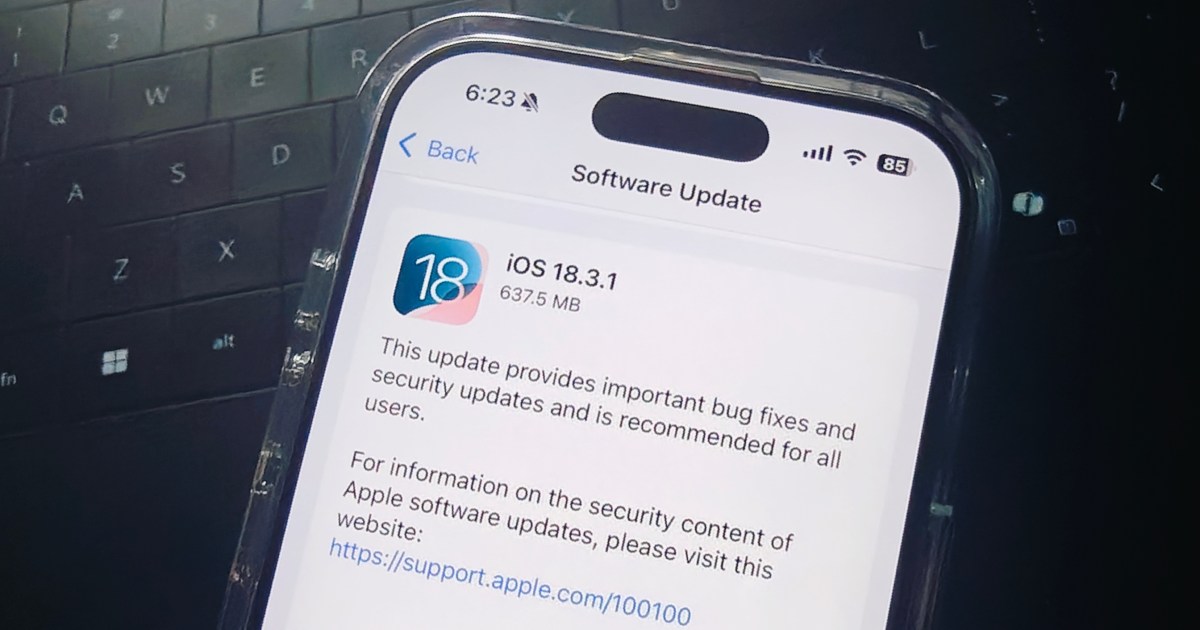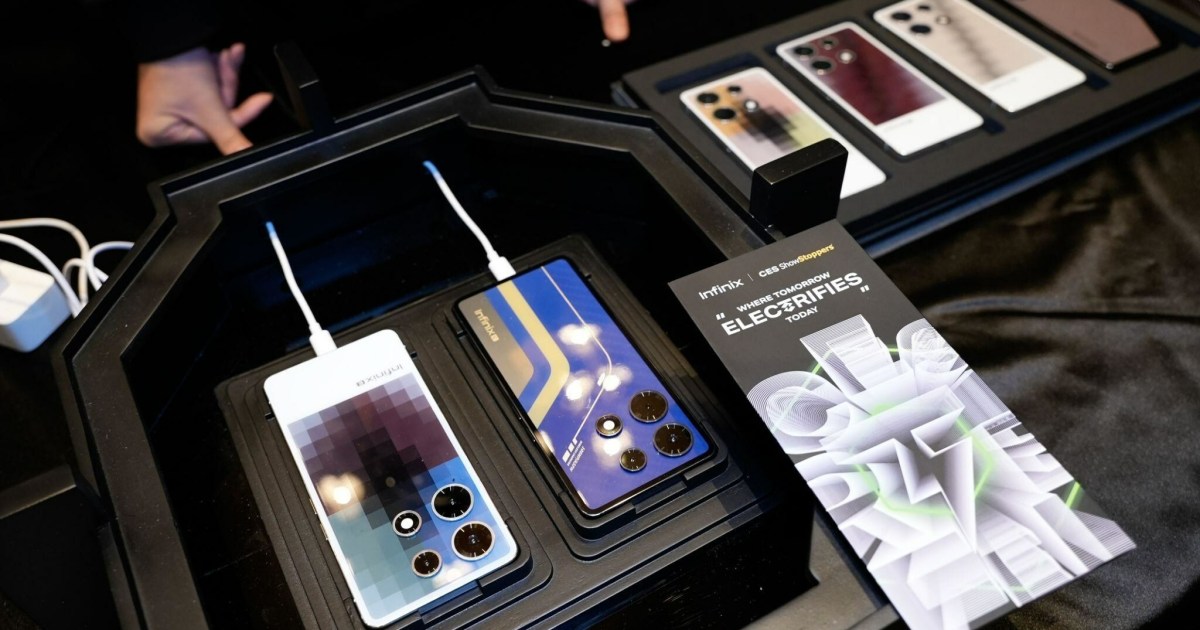The recently launched Pixel 9a offers the Pixel 9 experience in a more compact and affordable package. However, this lower price tag comes with some trade-offs, including the absence of key Gemini AI features and, notably, satellite-based SOS functionality. While powered by the same Tensor G4 chipset as its premium counterparts, the Pixel 9a lacks the crucial ability to connect to satellites for emergency communication, a feature confirmed by Google to Android Authority. This means users won’t be able to make calls or send texts if stranded without cellular network coverage, unlike Pixel 9, 9 Pro, and 9 Pro Fold users in supported regions like the U.S., Canada, UK, and parts of Europe.
The Modem Makes the Difference
The reason for the Pixel 9a’s lack of satellite connectivity lies in its older modem. Unlike the Pixel 9 series, which utilizes the advanced Samsung Exynos 5400 modem, the 9a relies on the previous generation Exynos 5300. The Exynos 5400 enables 5G non-terrestrial networking (NTN), allowing connection to low-orbit communication satellites when cellular service is unavailable.
The older Exynos 5300, previously used in the Pixel 7 and 8 series, has a history of cellular reception and overheating issues. While Google addressed these problems with an update in April of last year, some users reported similar issues resurfacing in June. Whether these issues persist in the Pixel 9a remains to be seen, but it’s a factor to consider.
Comparing Apples and Pixels
Interestingly, the iPhone 16e, another budget-friendly version of a premium phone, includes satellite connectivity despite using Apple’s in-house C1 modem. Furthermore, despite lacking mmWave 5G support, the iPhone 16e’s network speeds are comparable to the iPhone 16 in many tests. This highlights a different approach to cost-cutting, where Apple prioritizes satellite connectivity even in its more affordable models.
A Question of Priorities
The Pixel 9a’s omission of satellite SOS highlights a trade-off between cost and functionality. While the phone offers a compelling value proposition, the absence of this potentially life-saving feature is a significant consideration for potential buyers. It underscores the choices manufacturers make when balancing affordability and features in their product lineup.










